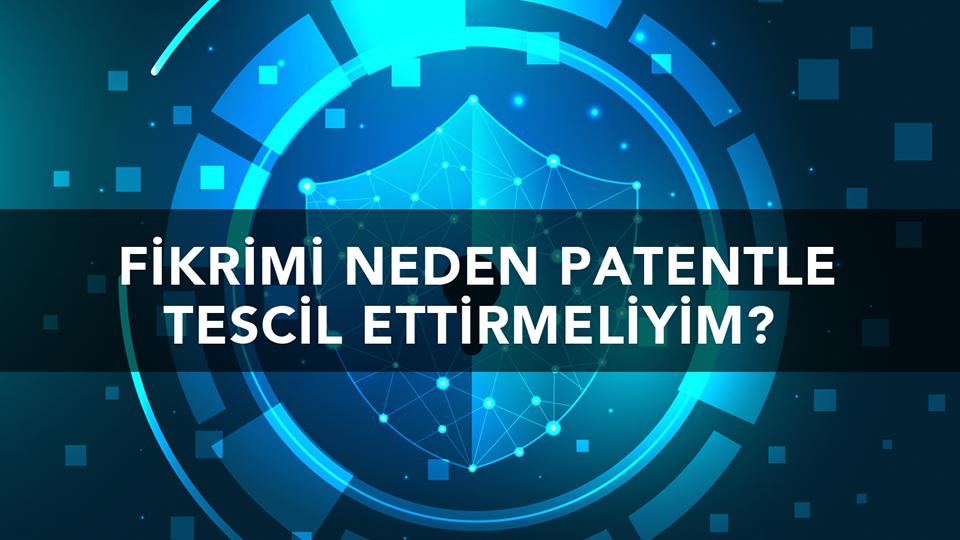Industrial property, defined today as the right granted to individuals or institutions over inventions, innovations, and distinctive designs in industrial fields, grants these individuals or institutions a monopoly right for a certain period of time, as well as generating profits. More specifically, if you can officially present any innovation, product, or design you develop using your ideas, using the concept of industrial property, you protect this information and can turn these ideas into profits. To answer the question of why I should patent my idea, this information explains: if you have an invention, innovation, or original design and you don't want anyone else to produce, sell, or use it, you should protect it with a patent and obtain monopoly rights for the legally prescribed periods.
Anyone applying for a patent or utility model for the first time should be aware of the advantages they offer in the industry. Filing a patent or utility model application is the most effective way to hinder competitors, as an existing patent always raises concerns. Furthermore, it also encourages competitors to increase their R&D activities. A patent application always highlights the most valuable elements for the industry.
If we are to seek answers to the question of where a person who is going to apply for a patent should start, we can gather them under a few headings; as follows:
*Security
Sharing your invention with the public after filing is the most important consideration. While we in Turkey allow you to apply for a patent within one year of public disclosure, this period, also known as the grace period, can be six months or less in other countries. If you initiate the application process after publicly disclosing your invention, your competitors may imitate your invention for a certain period of time or, inspired by it, file an application with a similar concept.
*Preliminary investigation and Violation Analysis
Conducting preliminary research on your invention and determining whether it violates existing technology can prevent significant financial losses. To do this, you must first examine all available information about your invention in the existing technology and determine whether it truly constitutes innovation. A crucial detail needs to be addressed here. The novelty of an invention only prevents it from being manufactured or used by others; however, it doesn't grant you the right to manufacture it, as your new invention may infringe upon another invention. In this case, you will need to enter into a licensing agreement with the infringing invention to enable production. To illustrate, an inventor who attaches a motor to a bicycle and transforms it into a motorized bicycle has created a new product (let's assume this is the first time this has been done). In this case, the inventor can prevent the motorized bicycle from being manufactured or used by anyone else; however, since they themselves have infringed upon the existing bicycle, they would be infringing on the bicycle's rights. In this case, to manufacture a motorized bicycle, they must first obtain a license from the bicycle manufacturer.
Today, some business owners incur significant costs, including facility and labor costs, to produce a product, only to later learn they have infringed a patented invention, leading to significant losses and legal proceedings. Therefore, preliminary investigation and infringement analysis are crucial before filing an application or producing a product.
*The heart of applications and patents are “claims”
An invention becomes a legal document with a "description," which describes the invention's scope, intended use, how it functions, and what it is intended to protect. Within the description, there is a section called the claims, which are as important as the heart, a vital organ in humans. The description teaches the invention, while the claims demand it. In other words, the claims separately explain the elements necessary for the invention described in the description to be patentable and the elements it is intended to protect.
As can be seen from the explanations above, even if an inventor creates an original invention or design, protecting it with a patent is only possible by working with professionals in this field. By working with "Patent Attorneys," which are individuals who possess the necessary professional knowledge and experience through the biennial exams administered by TURKPATENT, you can conduct thorough preliminary research on current technology and obtain a legal document that best describes and protects your invention.
Ahmet AYDOĞAN
Senior Expert & Patent Attorney





